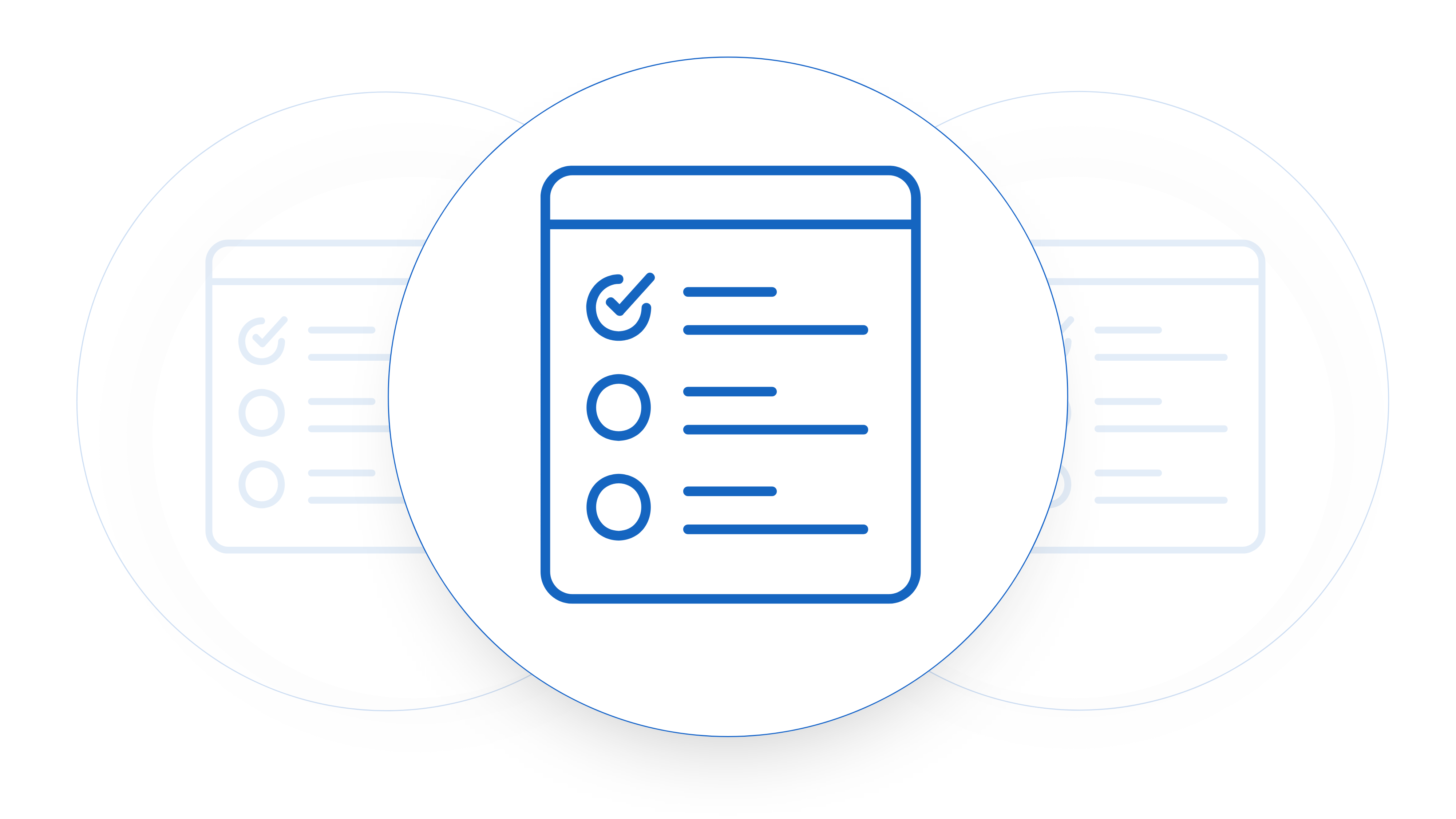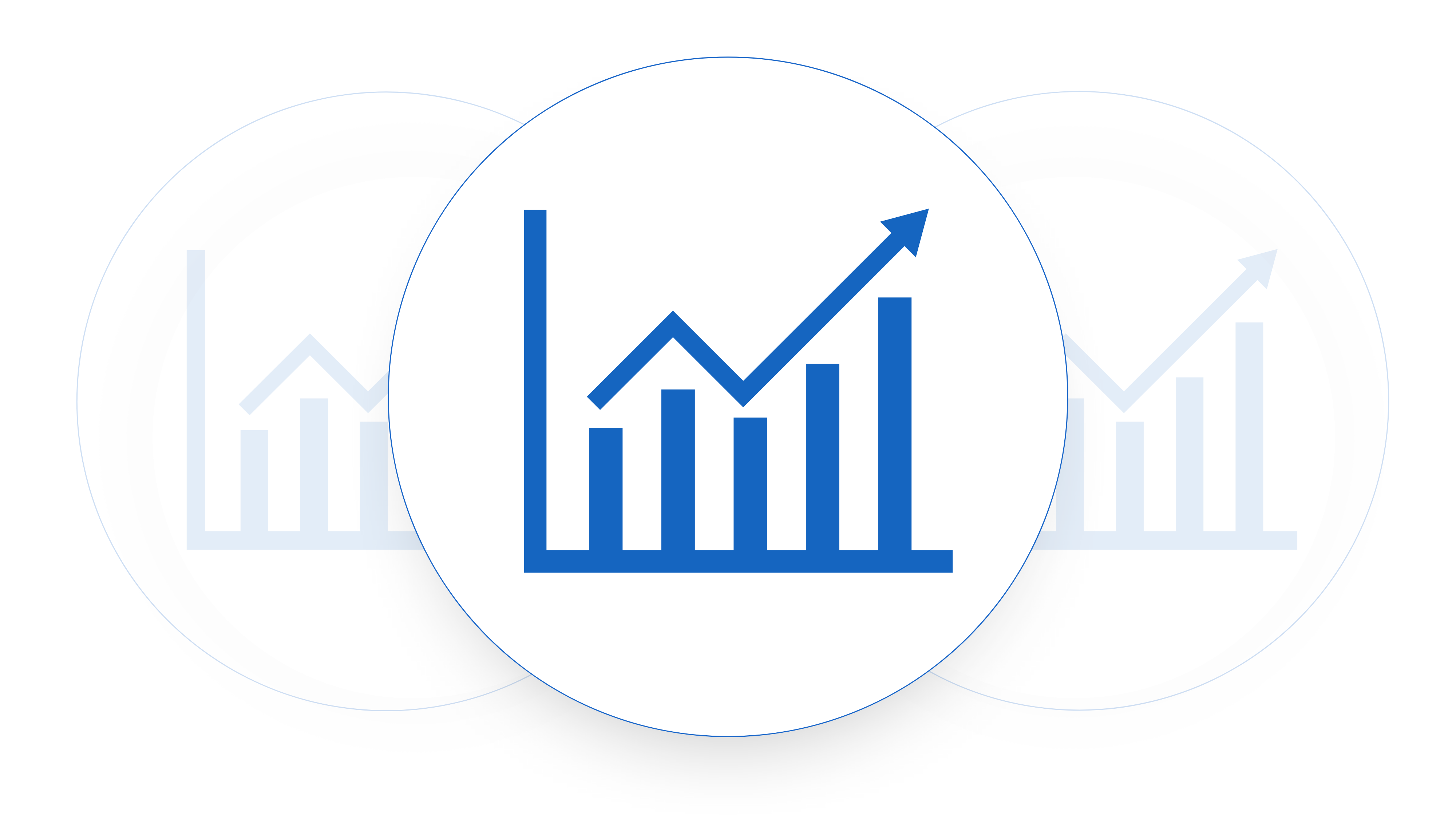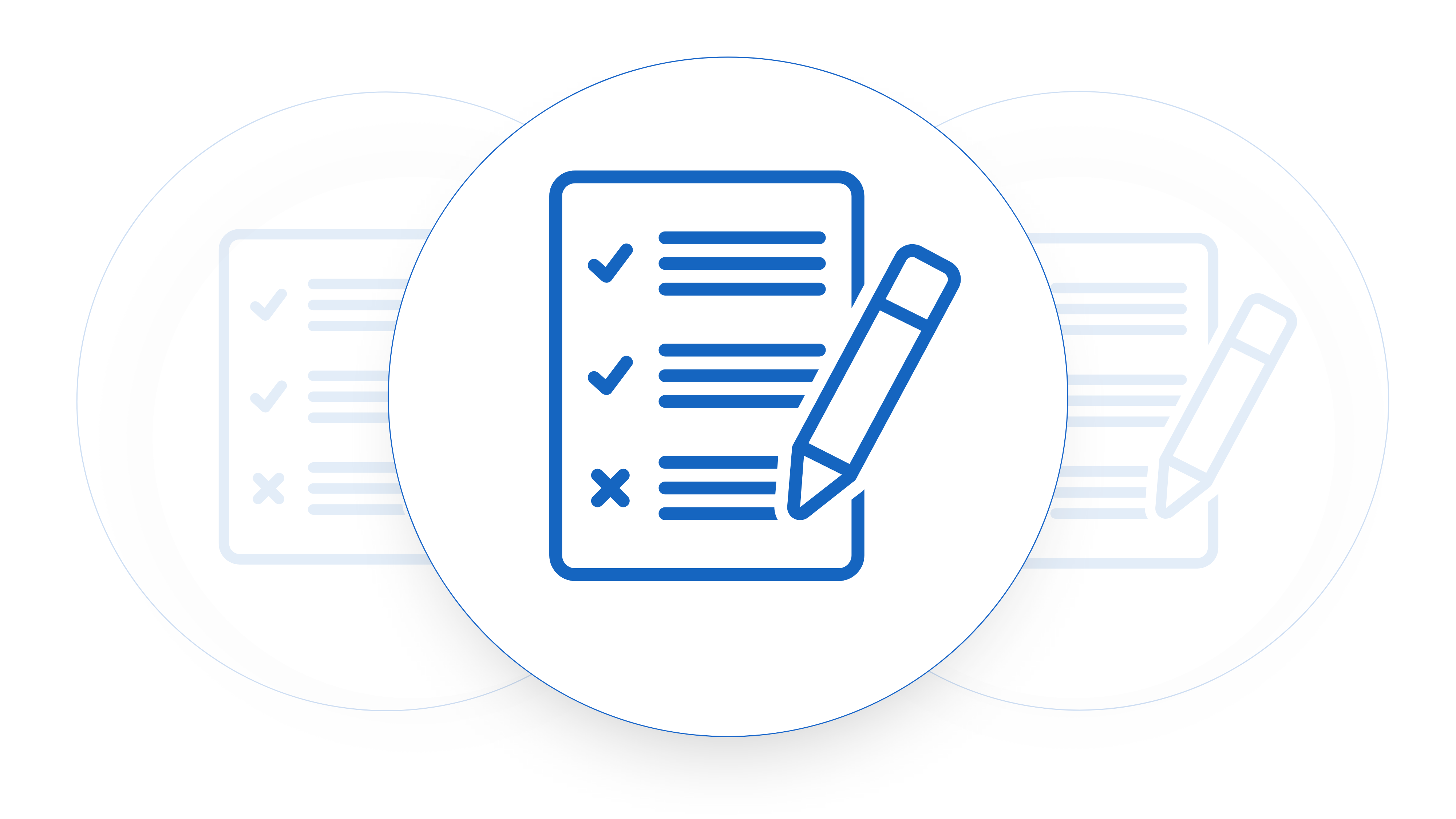What is an AE? An account executive is the person in the sales team who takes qualified sales leads from the demo stage to the sale closed won stage. They play a key role in deciding which sales leads are actual opportunities, the value of that opportunity, building a relationship with customers and ultimately getting them to sign contracts. Account executives have a unique set of skills that includes not just sales skills but also product knowledge and an understanding of what their customer requires. This comes in for form of understanding different industries, buying persona, and how your products and services solve their pain points.
When do AE’s start selling in SaaS companies?
In most software-as-a-service sales teams, the role of the AE is to be introduced to sales leads once they have been qualified by a BDR (business development representative) or SDR (sales development representative).
Generally speaking, when sales leads ‘sign up’ to the top of a sales pipeline, this may be from signing up for a trial or requesting a call via your website the BDR or SDR in the sales process will be responsible for the first reach out to that lead. The goal of that first reach out is to qualify if that lead is an appropriate lead to hand to an AE (account executive) or if they are not.
Once this has been established a demo of the product is created in the AE’s calendar which both the AE and the BDR/SDR attend. This is where the lead is taken through a full version of the product. The AE’s role in this demo is to determine if the lead is indeed an opportunity. This is done via several sales methodologies which we will cover in another lesson, BANT is a common one. Once it has been established that a lead is going to move forward in the pipeline as an opportunity the lead becomes what is referred to as a sales-qualified lead or a sales-accepted lead. Different companies have different exact definitions of what this is but the general rule is that it is an AE’s role to decide whether or not a demo booked by a BDR/SDR qualifies to continue moving down the pipeline.
What sales methodologies do SaaS AE’s use?
Sales methodology is the term that we use to describe sets of hurdles that we set to qualify whether a customer is a legitimate opportunity for putting a SaaS contract in front of or not. These hurdles are generally pieces of information that we look to gather to understand if a customer meets a particular buying persona or if they are likely to buy from us. This tells the AE if they should invest the company’s most restricted resource, time, on selling to this lead. The value of sales methodologies becomes more and more pronounced the more leads the company gets and the fewer resources the company has to sell to each lead.
Sales methodologies tend to be built as easy-to-remember acronyms that act as checkboxes. The lack of one may not mean immediate dismissal of a lead, it may mean that the AE simply needs to work with the lead to bring other people into the conversation to ensure the opportunity can continue. A lot of the work here is what makes the difference between an average AE and a great AE.
Let’s look at an example.
BANT SaaS sales methodology
BANT is a very common sales methodology. It works on four simple hurdles to qualify a customer. Does the customer have a budget to purchase what you’re selling, do they have the authority to decide on this, do they have a substantial need for the product that you’re offering and what is their timeline?
Each of these things are question that the account executive needs to find the answers to. The answers to these questions will help to identify if there is a sales opportunity with the customer you are talking to or if the conversation is a waste of time.
Sometimes a customer will need what you are selling and need it quickly but they don’t have the budget or authority to make the decision. It’s the AE’s job to understand if and how other people can be invited into the conversation to ensure that the sale can proceed to the next stage.












